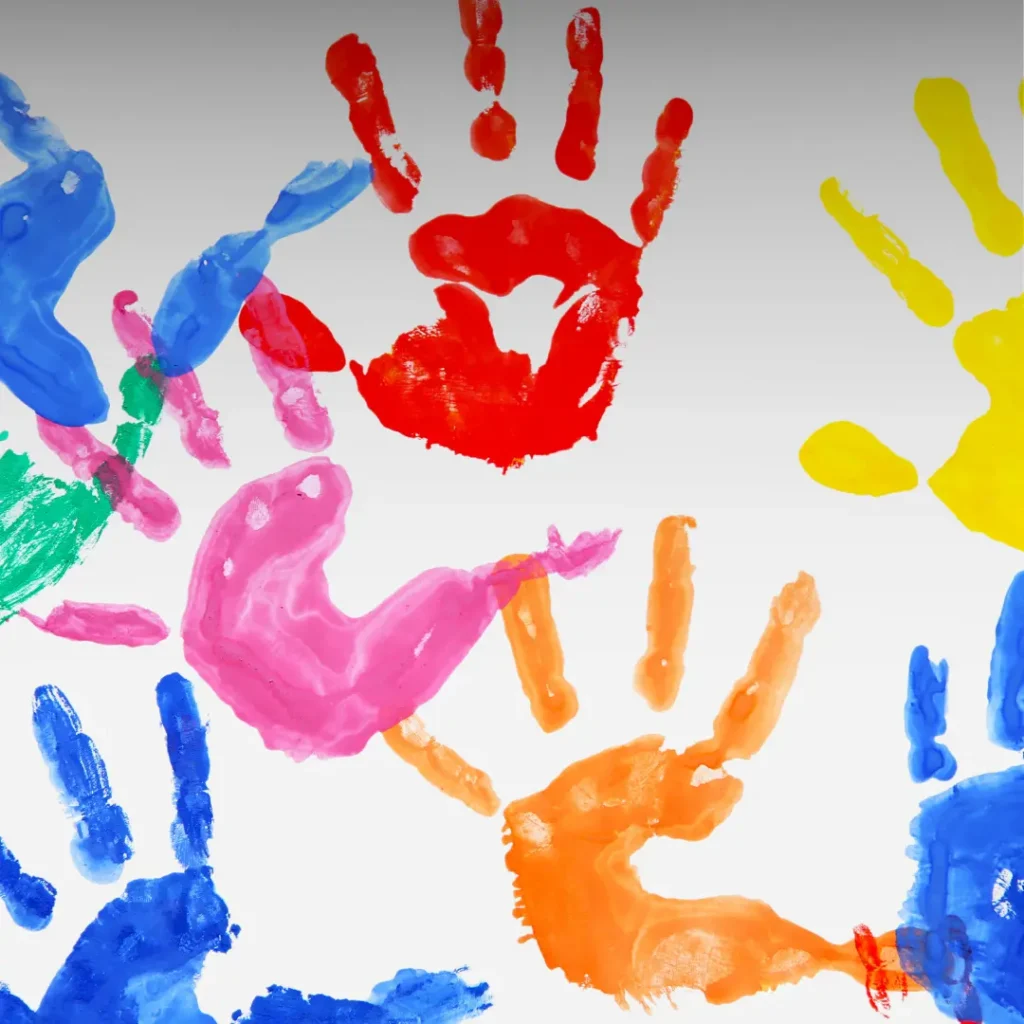Disclaimer: This post contains affiliate links. If you use these links to buy something, we may earn a commission at no extra cost to you.

Every parent dreams of raising happy, healthy, and thriving children. While there are countless ways to support your child’s development, research shows that play is one of the most effective.
In this article, we’ll unveil a treasure trove of play activities for children of all ages, from infants to teenagers focusing on three key areas: imaginative play, interactive play, and active play.
We’ve taken inspiration from the latest research and recommendations from experts at Harvard Center on The Developing Child, ensuring that these activities are backed by science and proven to nurture your child’s full potential.
Plus, you’ll find expert videos and resources for even more insight into the power of Play & Toys!
Play With Us!
Why Play Matters
Play is more than just fun and games. It’s a fundamental part of how children learn and grow. Through play, children develop;
- Cognitive Skills: Problem-solving, critical thinking, creativity, and memory.
- Physical Skills: Gross motor skills (using large muscles) and fine motor skills (using small muscles).
- Social-Emotional Skills: Communication, cooperation, empathy, and emotional regulation.
Types of Play and Example Toys for Skill Development
| Type of Play | Example Toys |
|---|---|
| Imaginative Play | Problem-solving: Puzzle sets, logic games, building blocks Critical thinking: Strategy board games, brain teasers Creativity: Art supplies (crayons, markers, paints), construction sets (LEGO) Memory: Matching games, educational electronic games. |
| Active Play | Gross motor skills: Tricycles, scooters, climbing structures, sports equipment (balls, jump ropes) Fine motor skills: Bead threading kits, playdough, building sets (K’NEX) |
| Interactive Play | Communication: Role-playing sets, interactive storybooks Cooperation: Team-based board games, group sports equipment Empathy: Dolls, stuffed animals, role-playing figures Emotional regulation: Stress relief toys (squishy toys, sensory balls), mindfulness games |
Imaginative Play
Imaginative play is a cornerstone of childhood. It allows children to explore their creativity, experiment with different roles, and develop social-emotional skills. Here are some imaginative play ideas for different age groups:
- Babies (0-12 Months): Engage in pretend play with your baby, such as pretending to talk on the phone or feed a doll. Use simple props like a toy phone or a spoon.
- Toddlers (1-3 Years): Provide props for imaginative play, like toy kitchens, doctor kits, or dress-up clothes. Encourage them to create their own stories and scenarios.
- Preschoolers (3-5 Years): Set up scenarios for pretend play, like a grocery store or a school. Provide costumes and props to enhance the experience.
- School-Aged Children (6-12 Years): Encourage building forts, creating art projects, or writing stories. Provide materials like cardboard boxes, art supplies, and blank notebooks.
- Teenagers (13-17 Years): Support their interests in music, art, writing, or other creative pursuits. Encourage them to participate in theater groups, writing workshops, or other creative outlets.
Relevant Toys: Dolls, action figures, play kitchens, tool sets, dress-up clothes, art supplies, building blocks, Legos, musical instruments, and writing materials.
Active Play
Active play is essential for children’s physical health and well-being. It helps them develop gross motor skills, coordination, and strength. Here are some active play ideas for different age groups:
- Babies (0-12 Months): Encourage tummy time, rolling, and crawling. Provide toys that encourage reaching and grasping.
- Toddlers (1-3 Years): Play chasing games, set up obstacle courses, and provide push-and-pull toys.
- Preschoolers (3-5 Years): Play tag, hide-and-seek, and other outdoor games. Encourage bike riding and other physical activities.
- School-Aged Children (6-12 Years): Encourage participation in team sports, bike riding, swimming, and other outdoor activities.
- Teenagers (13-17 Years): Encourage participation in team sports, individual sports, or fitness classes.
Relevant Toys: Balls, bikes, scooters, jump ropes, hula hoops, sports equipment, and outdoor playsets.
Interactive Play
Interactive play involves engaging with others, whether it’s with caregivers, siblings, or peers. It’s crucial for developing social skills, communication, and cooperation. Here are some interactive play ideas for different age groups:
- Babies (0-12 Months): Play peekaboo, sing songs, and engage in face-to-face interactions.
- Toddlers (1-3 Years): Play simple games that involve turn-taking and sharing, like rolling a ball back and forth.
- Preschoolers (3-5 Years): Play board games, card games, and cooperative games.
- School-Aged Children (6-12 Years): Play board games, card games, team sports, and participate in group activities.
- Teenagers (13-17 Years): Encourage spending time with friends, participating in clubs, or volunteering in the community.
Relevant Toys: Board games, card games, puzzles, building sets, and sports equipment.
By incorporating these play activities into your child’s daily routine, you’ll be providing them with the tools they need to thrive.
Remember, play is not just a pastime; it’s an essential part of childhood that lays the foundation for a lifetime of learning and growth.
Note: This article is intended for informational purposes. Always consider your individual child’s interests and developmental needs when selecting play activities & toys.
Let’s help parents choose the best toys! Share this if you agree.
Resources
- National Institute of Play – Play for Kids
- Harvard – Center on Developing Child – Activities for Infants, Toddlers, and Children
- Harvard Health Publishing – The 3 kinds of toys that really help your child
- Play Safe – Age-by-age toy buying guide
